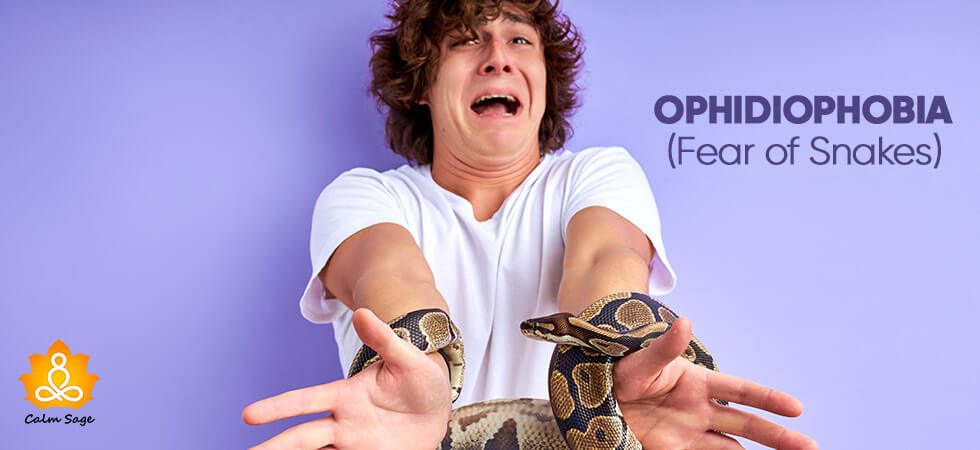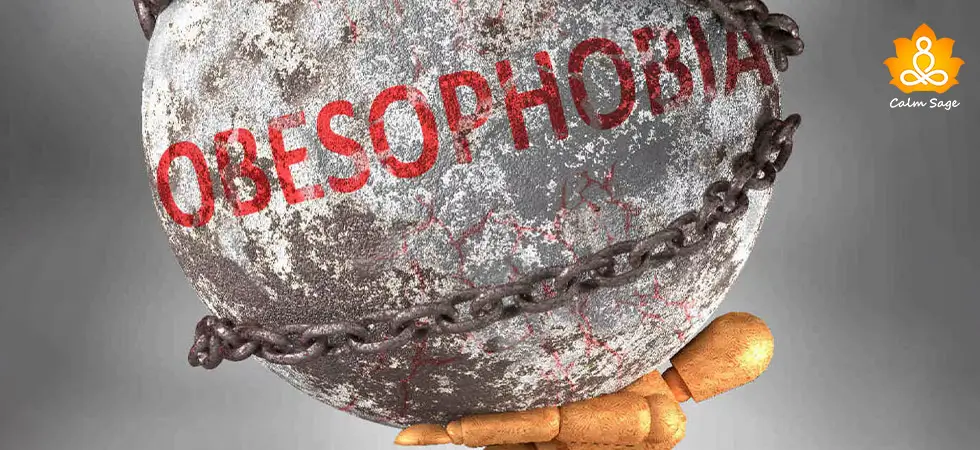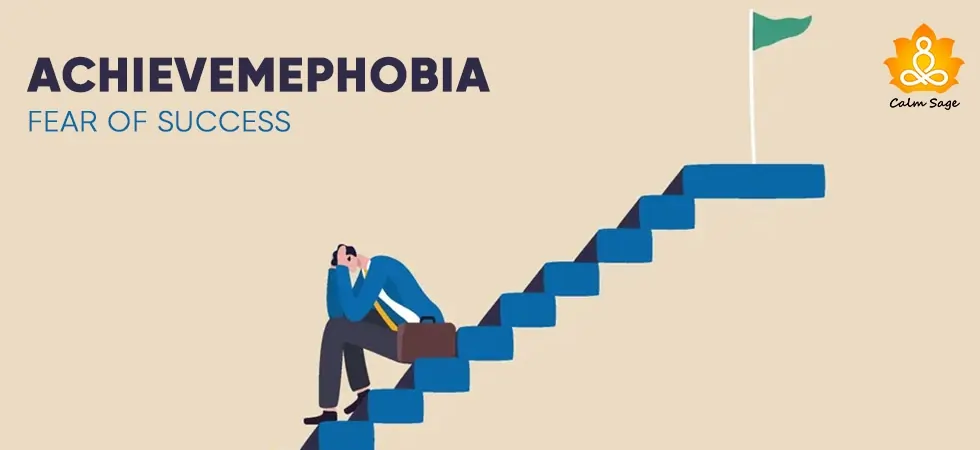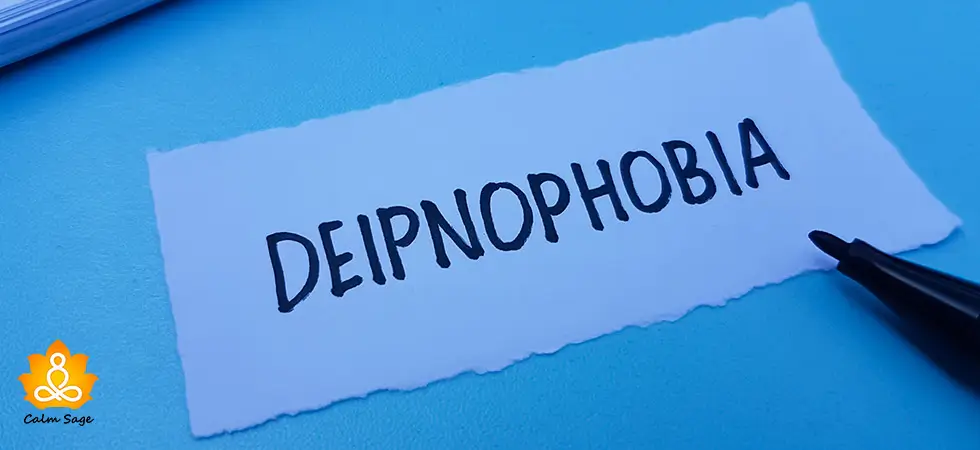Mini-Guide: What Is Ophidiophobia (Fear Of Snakes)?

Snakes are one of the most dangerous reptiles, they can be harmful to people. We all have a fear of snakes but the fact is that fear outgrows with time. However, some people are not able to control the fear or threat. Excessive or extreme fear of snakes is called ophidiophobia or ophidiophobia. Ophidiophobia is one of the most common types of phobia which can interfere with a sense of safety and overall quality of life.
In some situations, ophidiophobia may also be associated with fear of reptiles (herpetophobia). People struggling with ophidiophobia often act strangely, avoid social situations (wherein snakes or snake-looking reptiles are involved, and experience intense anxiety or panic attacks when they see, hear, or think of snakes.
People struggling with fear of snakes are not able to control their emotions even after understanding the cause of their fear. People get triggered by Ophidiophobia when they:
- Encounter a snake or snake-looking creatures
- Hear a hiss or noise of a snake
- Hear people talking about their experiences with snakes
- See a picture or video of snakes
- Think about snakes
Fact-Check: Fear of Snakes (Ophidiophobia)
- Generalized fear of snakes is one of the most common phobias people struggle with.
- People of any age can develop ophidiophobia.
- Prevalence of Ophidiophobia can range from 3% to 12% of the general population.
Other Related Phobias to Ophidiophobia
- Herpetophobia: Fear of reptiles
- Ranidaphobia: Fear of frogs
- Thanatophobia: Fear of death
- Zoophobia: Fear of animals (snakes, reptiles, and others)
- Batrachophobia: Fear of amphibians
- Entomophobia: Fear of insects
- Insectophobia:Fear of insects
- Necrophobia:Fear of death or dead things
Symptoms of Ophidiophobia
Below listed are some of the common symptoms of Ophidiophobia:
- Anxiety
- Dizziness
- Dry mouth
- Extreme sweating
- Extreme panicking
- Extreme feeling of terror or dread right after encountering a snake
- Fainting
- Fear of losing control
- Feelings of helplessness
- Hot flashes or chill
- Uncontrollable breathing or heart rate
- Nausea, diarrhea, and vomiting
- Sense of disorientation and confusion
- Shortness of breath (SOB)
- Shaking and trembling
Causes of Ophidiophobia
There’s limited research on the exact cause of Ophidiophobia, however, researchers believe that Ophidiophobia can be caused due to the presence and combination of the below-mentioned factors:
- Brain Chemistry
Chemical (dopamine or serotonin) changes within the brain can cause phobias or anxiety.
- Genetics or heredity
People having a family history of anxiety disorder or phobias are prone to developing phobias such as ophidiophobia.
- Learned behaviors
People who are friends or in relation with people who have an intense fear of snakes or reptiles are prone to developing ophidiophobia.
- Media portrayals
Scary movies associated with snakes or frightening unreal videos of snakes may have a long-lasting impact on an individual’s mental health.
- Superstitions or cultural preferences
In some countries, snakes are associated with temptation, evil, lies, or jealousy, and in some countries like India; snakes are symbolized as mortality, death, and rebirth. Such cultural preferences and superstitions might put individuals at risk of developing ophidiophobia
- Traumatic exposure
Experiencing traumatic events or watching movies associated with snakes might put individuals at risk of developing ophidiophobia.
Diagnosis and Treatment of Ophidiophobia
If you think you or your loved one might be struggling with the symptoms of ophidiophobia, the first step is to connect with a mental health professional for proper diagnosis and treatment. During diagnosis, a mental health professional may conduct a deep evaluation of your:
- Symptoms
- Severity
- Time length
- Interrupted quality of life
A mental health professional is likely to make a diagnosis based on:
- Symptoms must be present for more than 6 months and they must be interfering with the overall quality of life
- Symptoms must trigger extreme anxiety right after thinking, seeing, listening, or encountering a snake
- Symptoms must lead to significant stress or panic
- Symptoms must be in proportion to the actual danger
- The presence of symptoms must make individuals avoid situations associated with the presence of snakes
Coming forth to the treatment process, mild Ophidiophobia does not require any treatment and it can be effectively resolved with the help of self-help techniques.
In severe or extreme situations, a mental health professional usually takes the help of treatment options such as:
- Cognitive Behavioral Therapy (CBT)
CBT helps in replacing negative thoughts and behaviors with positive ones. Additionally, this therapy also teaches effective coping techniques and strategies to control emotions and thoughts.
- Exposure Therapy
Exposure therapy is one of the effective therapy techniques for treating phobias. It helps in confronting your fears in a safe environment. This therapy technique takes the help of desensitization.
- Medications
In some severe cases, mental health professionals might prescribe some anti-anxiety medication to manage physical symptoms of anxiety.
I hope this blog helps you understand the fear of snakes (ophidiophobia). For more such content, connect with us through all social media platforms.
Thanks for reading!




















